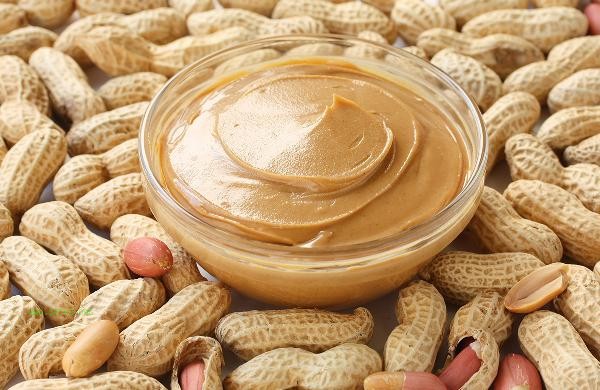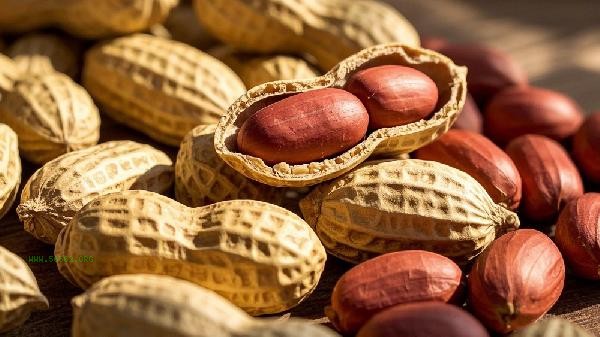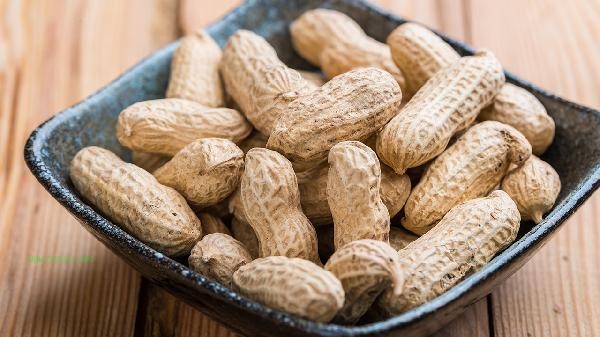Small flying insects on peanut plants can usually be treated through physical removal, biological control, plant-based pesticides, chemical agents, and environmental management. These pests are mostly aphids, thrips, or whiteflies, and targeted measures need to be selected based on the specific type of pest.

1. Physical cleaning
When a small amount of flying insects are found, they can be directly captured with a sticky insect board or vacuum cleaner. At the gathering place of aphids, cotton swabs dipped in soapy water can be used to wipe the back of leaves. Adult whiteflies have a tendency towards yellow color, and hanging yellow boards can effectively lure and kill them. Repeating it every week can reduce the insect population density.
2. Biological control
introduces natural enemies such as ladybugs and sandflies to prey on aphids, and applies microbial agents such as Metarhizium anisopliae to control thrips. This type of method is harmless to the environment, but it requires maintaining appropriate temperature and humidity to maintain the activity of natural enemies, and is suitable for use in the early stages of pest infestation.
3. Plant derived pesticide
Matrine solution spray can repel whiteflies, and pyrethroid has a contact killing effect on aphids. When using, it is necessary to focus on spraying on the back of leaves and tender shoots, avoiding strong light periods to prevent photolysis failure. This type of medication degrades quickly and requires repeated spraying every 3 days.

4. The chemical agent
imidacloprid can prevent and control piercing sucking mouthparts pests, while spirochete is effective for both adults and nymphs. Chemical agents should be rotated to avoid drug resistance, and low toxicity formulations should be preferred. Peanuts should not be harvested within 7 days after application.
5. Environmental management
Timely clean up diseased leaves to reduce the breeding of insect eggs, and maintain ventilation and light transmission in the planting area. Avoid excessive application of nitrogen fertilizer causing excessive plant growth, and regularly turning over the soil can damage the overwintering site of the pupae. Potted peanuts can be covered with fine gauze to prevent adult insects from laying eggs.

During the prevention and control period, it is recommended to regularly check the status of plants, and prioritize the use of physical and biological methods for early detection of pests. Chemical control requires strict concentration control according to the instructions, and sufficient safety intervals should be left before harvesting. Maintaining moderate soil dryness and reasonable planting density can effectively prevent pest outbreaks. Thoroughly clearing residual plants in the field after harvest can block the overwintering cycle of pests. Potted plants can be moved to outdoor ventilated areas to enhance insect resistance, while ground grown peanuts are recommended to be intercropped with deworming plants such as mint and rosemary.








Comments (0)
Leave a Comment
No comments yet
Be the first to share your thoughts!